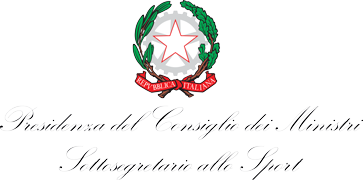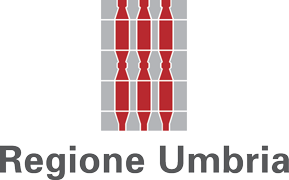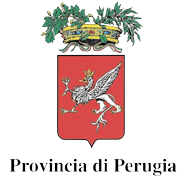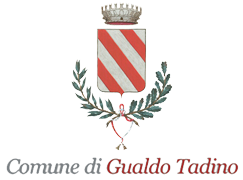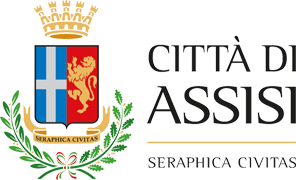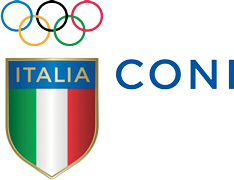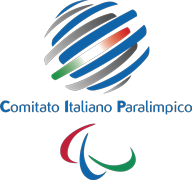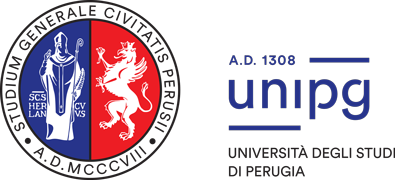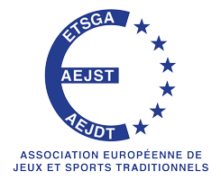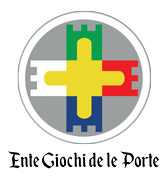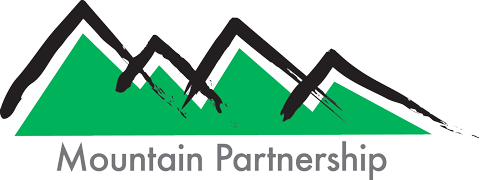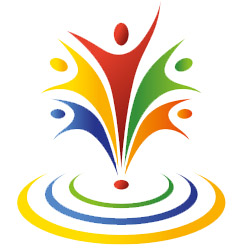
- Slovenia
- Sport association Škulja Vogrsko
Škuljanje is a traditional social and sports game of the lower Vipava Valley, at which individual or team throws a shell into the playing field and tries it as hard as possible approach the ball. The game is played today by both children and adults for fun or competition at family meetings, as part of events and happenings, especially in the Primorska region and in Slovenian and Croatian Istria. In Croatia, the game is called Škuljanje.
A shell that is of any shape, size and weight can be a stone picked from the nature it is for better throw slightly chiseled, or half brick. Brick is characterized mainly by game in Renče with the surrounding area, where bricklaying was developed. With the introduction of new materials shells made of wood, aluminum and plastics are also used.
A balin is an object, usually of the same material as a shell, only smaller and round shapes (or as similar as possible to a sphere). The balin is thrown (or placed) into the playground that is any size or limited to a width of 2 to 5 m with two outdoor playrooms fields 3 to 6 m long and middle fields 5 to 11 m long. The playground can be bounded by rope or tape. The playground can be on different surfaces (grass, sandy…).
It is played individually or in groups of up to five players. If it is played individually, the player has 3 shells, if played in pairs, he has two shells, in a team of three players or more, however, each player has one shell. The draw determines which team matches starts and will be the first to throw a balin. A member of the drawn team throws a bocce ball and then throws shells.
Next up is the ball throwing team that scored a point in the last game. The player stands in starting the playing field and throwing the shells over the middle field to another playing field field, while the players of the opposing team must stand outside the playing field. Throwing continues a member of the opposing team until their shell is closer to the bowling alley. Age point the team whose shell is closest to the bocce ball. If two shells of opposing teams touch balina, play the team forward alternately until the situation changes. When one team consumes all the shells, the other team plays the remaining shells. All the shells that stay closer balin from the nearest squad of the opposing team are considered points. If the opposing team the ball bounces with the back scull, the remaining sculls of the other team are scored. Shells honey the game can be replaced by players, but before throwing the ball. Not already thrown shells they replace it with another, even if it is broken. Its largest piece is considered, and the smaller ones removed from the court. A shell that touches the cord (the boundaries of the playground) is removed, as is it invalid scull outside the playing field. If a player steps on the playing field line, he is this transfer and scull are eliminated. The team that scores 13 points or ‘points’ first wins.
According to the origin, squatting was a shepherd’s game played while grazing cattle. Through for generations, boys and men squealed when there was some time for it. Children are a game observed if they were diligent, they could join them. The interest in squinting is increased at the end of the 20th century. In 1996, the first tournament was organized in Arčoni skulking with bricks, organized tournament play between teams, which is in full swing span between March and November, and has been running since 2002, when he was in Vogrsko organized the first tournament with stone shells. Members of Slovenian teams have been working since 2006 they also participate in international competitions held in Croatia. Spring 2016 The first International Schooling Festival was held in Buzet, Croatia which was the first official match between the national teams of Slovenia and Croatia.
The game is said to have been a precursor to fingerprinting (the game of plastic tiles) that it is today widespread throughout Slovenia.
Dating: last quarter of the 20th century




